Native Thunderbolt support comes to Windows 10
For Windows users Thunderbolt has been one of those annoying, fabulous-looking new technologies that promises wonderful things and yet only seems to appear on the Mac. When it has made its way to higher end PC motherboards and specialist laptops, it’s only been useful as a bridge to Firewire because the growing number of Thunderbolt devices out there don’t support Windows. *The problem has been largely one of availability and support. When something changes on an Apple product, like adding Thunderbolt, then every Mac has it – on the PC side it’s dependent on multiple manufacturers independently introducing and supporting a new technology and Thunderbolt has been scarce on desktops and almost completely absent from laptops – until very recently. This has not been helped by the lack of native Windows support which would enable hot-plugging and ease configuration. In the opportunities I’ve had to speak to Microsoft about this they’ve always remained resolutely silent – until now.
Pete Brown, Microsoft’s top Pro Audio evangelist, posted an article on the Gearslutz.com forum announcing that in the November 2015 Threshold 2 release of Windows 10 Microsoft had completed the work to enable reliable and secure operation of Thunderbolt 3 on Windows. This now opens up the support to device manufacturers, with the driver creation process being similar to that for OSX. This means that current and future Thunderbolt devices such as those by UAD, Focusrite and Apogee, could make it onto Windows.
I wasn’t sure that was ever going to happen although of course it’s still in the hands of the manufacturers to embrace this and give Windows a chance but it’s an awesome step forward for Windows connectivity.
For the complete picture you’ll find Pete’s post here:
https://www.gearslutz.com/board/music-computers/1064429-thunderbolt-support-windows-10-a.html
*Amended in response to Pete’s comments below
9 responses to “Native Thunderbolt support comes to Windows 10”

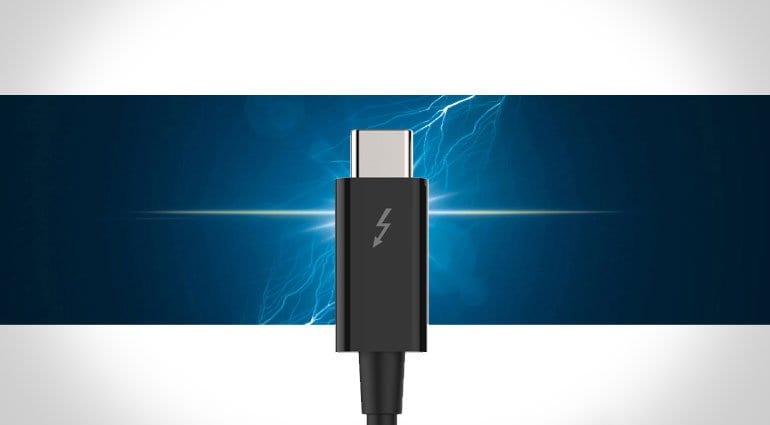

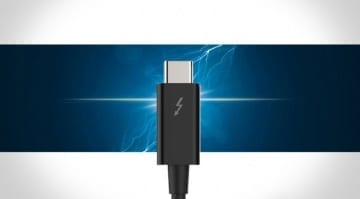

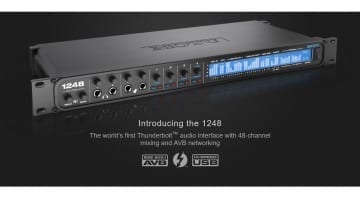
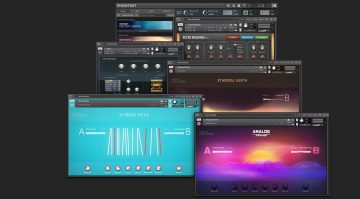
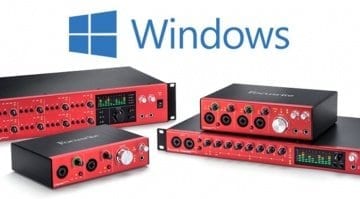
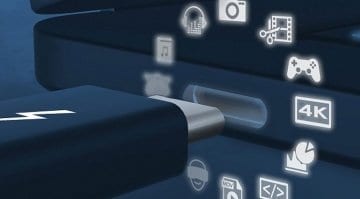
“The problem has been that without native support in the OS the manufacturers have to write entirely new and proprietary drivers for the Windows platform whereas that support is built into OSX.”
Thanks for the article, but I need to correct the above statement. To support Thunderbolt, you have to do just as much work on the Mac as you do on the PC. In both cases, the peripheral company has to write a PCIe driver (most Thunderbolt devices are PCIe over the wire) plus a few extras. The difference has been in configuration and reliability, and lack of great standardization of the configuration and overall motherboard implementation of TB. With support now built into the OS, proper hot plug/rebalancing of audio devices is possible, and there’s far less configuration required.
But it’s always been possible to support Thunderbolt audio on Windows. Some companies like Lynx Audio have done a great job with that. The effort mostly came in the support side, not the development side.
What the new interface provides is a single port that can be used for USB, Thunderbolt 3, and more. The small form factor of the port makes it attractive to PC OEMs. It’s just a nice convergence of interest around the form factor that has driven a lot of the interest.
MS never decided to implement TB because of security issues and the direct RAM access. Incompetence and lazyness – and no need for TB support yet.
Your Name nails it. Do you think MS is really this incompetent when they’re developing the leading Desktop-OS?
OSX had the same issues until Apple had it. Do a search for Apple Thunderbolt or Firewire exploits. There are two kinds: firmware and DMA. One of the hacker conventions showed how to do the DMA exploit over Firewire or TB. There are other stories about the firmware exploit.
It’s not laziness or incompetence on Apple’s part or Microsoft’s. It’s the nature of having PCIe available over an externally accessible wire. It’s acting responsibly and taking into account all of the users and environments in which the devices may work.
And I’m likely the source of the information about DMA. AFAIK, I’m the only one who has explained this publicly. [Reminder: I work for Microsoft]
https://www.youtube.com/watch?v=LHaz3p_H8iM
Personally, I’m not all that interested in the background, but rather the potential going forward. (And this is, make no doubt, a very forward-looking decision for us.) USB-C + Thunderbolt is a great connector and transport standard with enough bandwidth to do most anything. The chipset implementation is also solid.
Hi Pete – thanks for the clarification. So why if the amount of work is the same between Mac and PC have manufacturers, in your view, largely stayed away from Thunderbolt on Windows? And how does native support in Windows make it easier?
Thanks
Hi Robin
So first of all, yes, it’s entirely possible to build a Thunderbolt 1 / 2 system today. It’s also possible to build a driver that works in Windows. And yes, the LOE is similar to that on OSX. Those drivers would not support hot plug/unplug and rebalancing, though, as those features were added to Windows 10 in support of TB3 audio.
From past experience and from speaking to various companies, the two main reasons they have not built drivers are:
1. Very few Thunderbolt-enabled PCs in the wild. The add-on PCIe cards were difficult to find for a while, and can still be spotty to source. Additionally, laptops far outsell desktops (except to enthusiast/gamers) and the existing Thunderbolt solutions were all PCIe-based.
2. Level of customer support required for those implementations is high. Typically this requires walking a customer through BIOS configuration and similar on the phone, which is a non-starter for customers who aren’t already pretty technical. I don’t have personal experience with this, just feedback from partners who have evaluated PC Thunderbolt in the past.
So the issues weren’t so much on the driver creation side, but on the market and support sides.
Thunderbolt 3 over USB-C cleans this up significantly. There are also a lot of TB3 laptops and motherboards in market or coming soon. CES was full of them. 🙂
You don’t see it in current Apple or Microsoft devices because Alpine Ridge came in too late for the current generation devices. I’m speculating here, but I would not be the least bit surprised to see TB3 ports on the next set of devices from Apple (and hopefully from us as well) but I have no inside info on either of those.
Hope that helps.
Pete
Thank you, that’s much clearer for me now – I’ve amended the text in the article 🙂
Thanks Robin. I didn’t realize this was your article 🙂
One other bit of clarification: we’ve only announced support for Thunderbolt 3 audio devices, not Thunderbolt 3 all-up.
Doh! Just as i think i’ve got a handle on it it gets all complicated again. And yes i’m everywhere me.
You are currently viewing a placeholder content from Facebook. To access the actual content, click the button below. Please note that doing so will share data with third-party providers.
More InformationYou are currently viewing a placeholder content from Instagram. To access the actual content, click the button below. Please note that doing so will share data with third-party providers.
More InformationYou are currently viewing a placeholder content from X. To access the actual content, click the button below. Please note that doing so will share data with third-party providers.
More Information